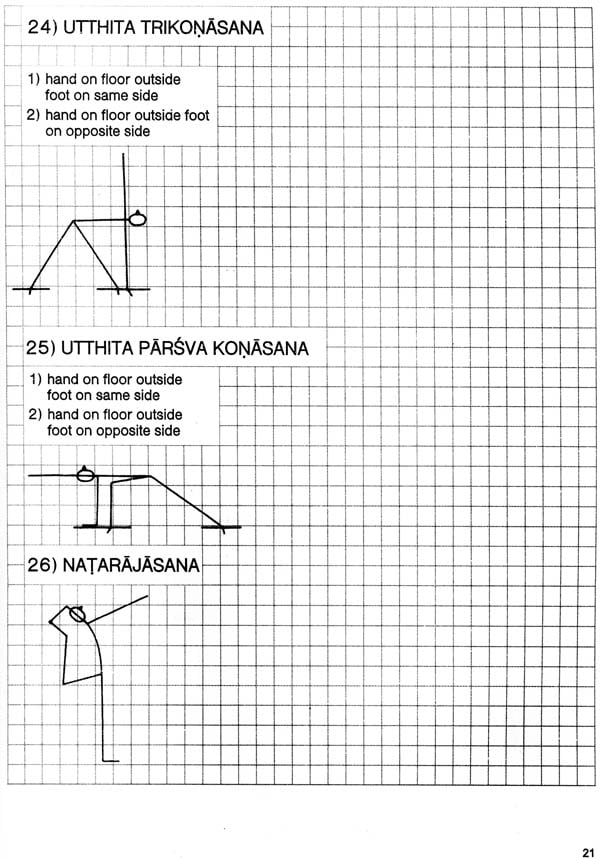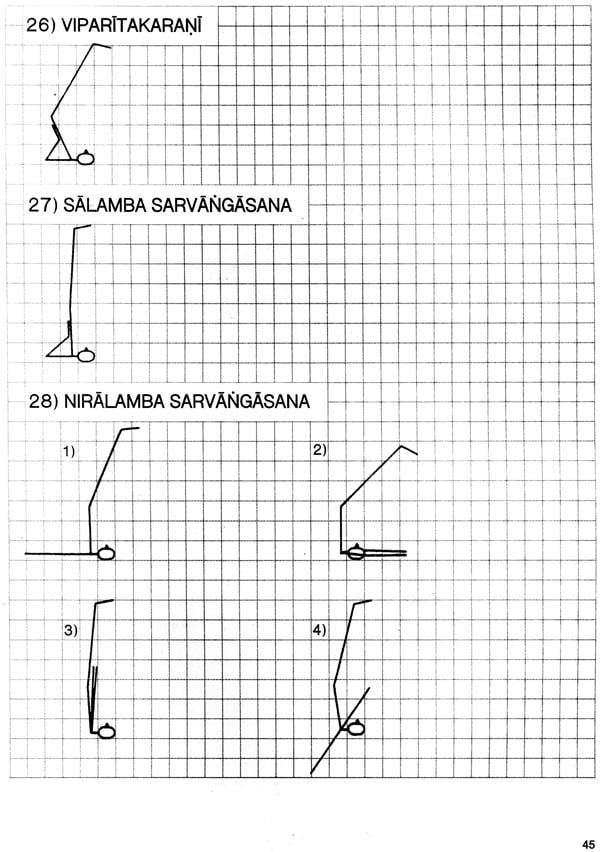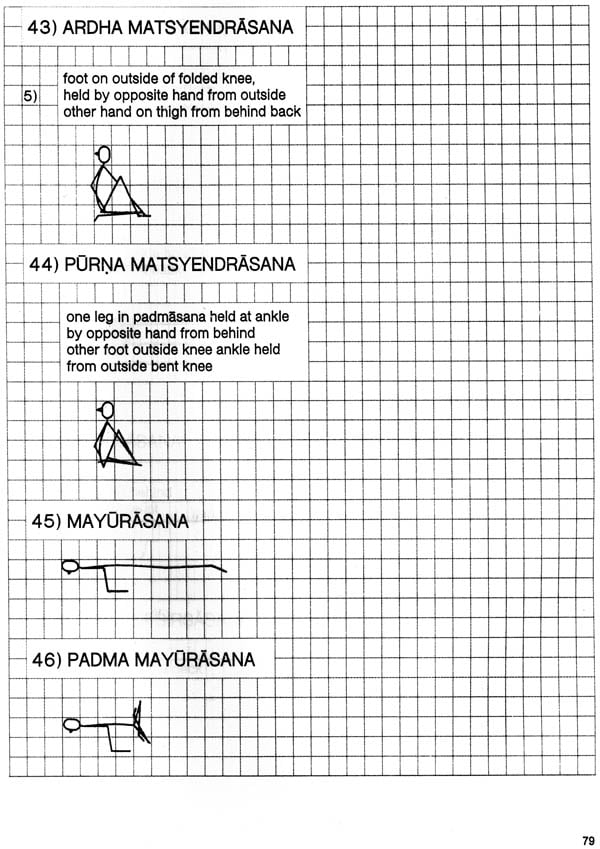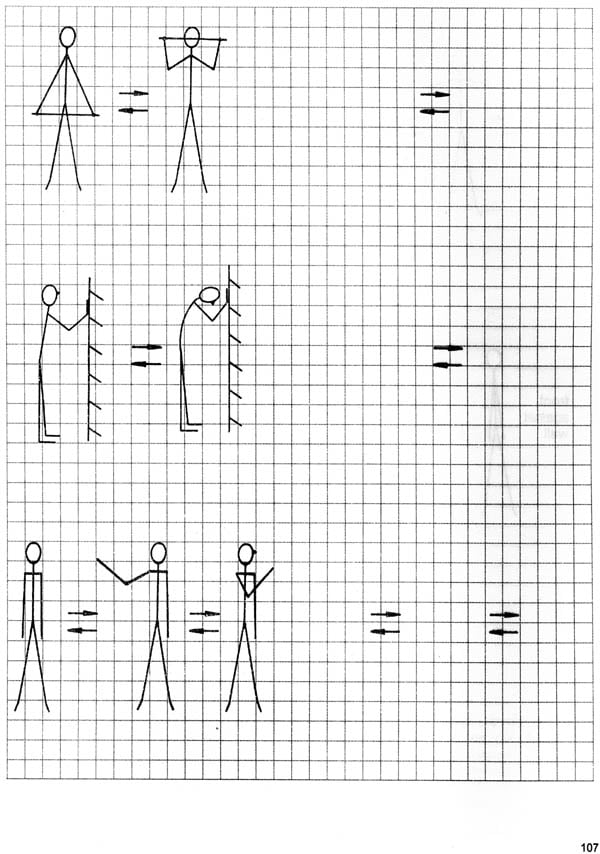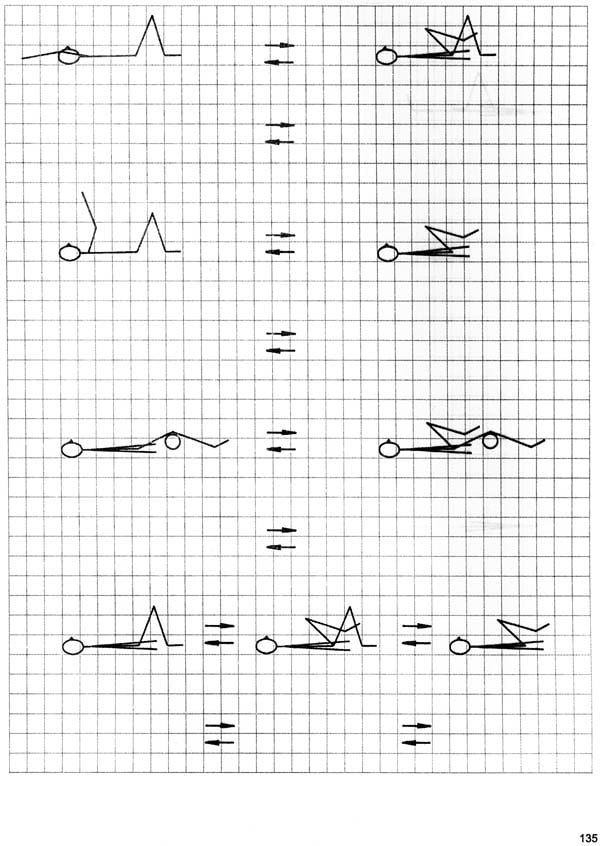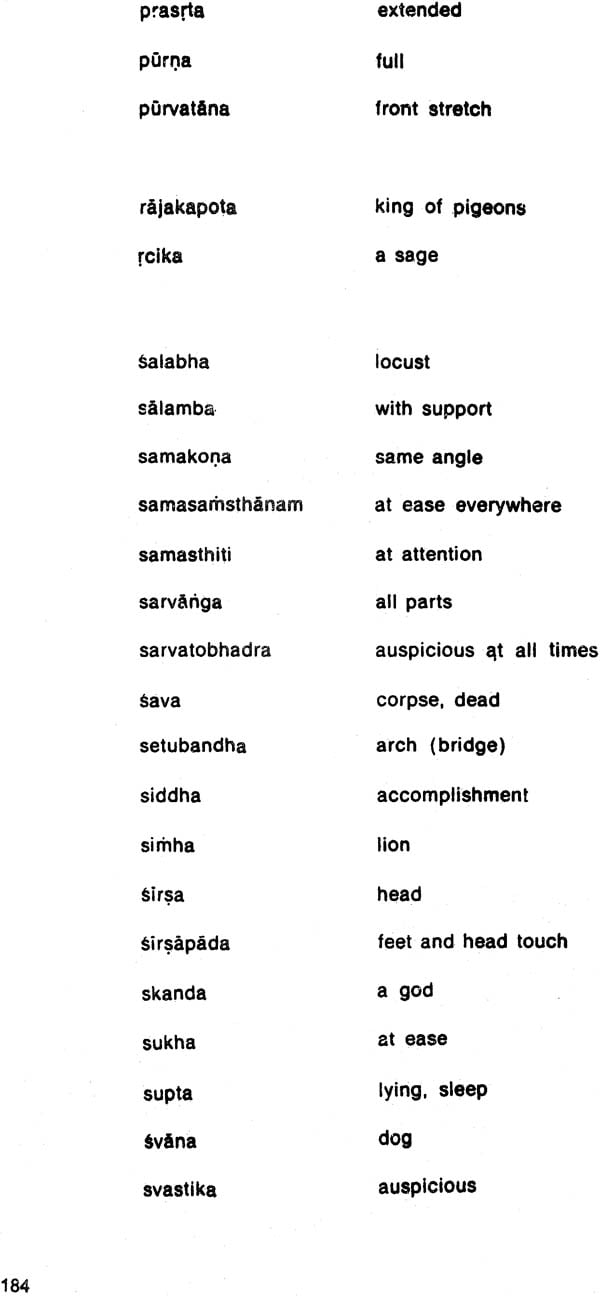
An Illustrated Guide to Asanas and Pranayama
Book Specification
| Item Code: | NAK043 |
| Author: | M.J.N. Smith |
| Publisher: | KRISHNAMACHARYA YOGA MANDIRAM |
| Language: | English |
| Edition: | 2019 |
| ISBN: | 9788187847489 |
| Pages: | 205 (Throughout B/W Illustrations) |
| Cover: | Hardcover |
| Other Details | 12 inch x 9 inch |
| Weight | 760 gm |
Book Description
When Michael and I started to work on this project, preparing an illustrated catalogue of asanas and pranayama, and showing some variations of basic asanas, little did i realize that it would take so much careful work, both in the preparation of the drawings and in the selection of representative variations. We had to take into account both the fact that there are no standards available for names or techniques of asanas or pranayama, And that the number of variations possible for each asana is almost infinite. As Michael has said, correctly, this is not just an easy reference for anyone, but on the contrary, to use this work, the teacher should be reasonably experienced both in practice and teaching, and the student should have direct accessibility to such a teacher.
Even though this four-year project is far from complete and likely to have some errors, it is sure to open the eyes of Yoga practitioners to a dimension not so much known. That is the practice of asanas and pranayama should be, and can be; adapted to the individual, rather than adapting the individual to some standards of yoga practice. I offer my respects to my teacher for opening my eyes to this understanding.
I salute Michael for all he taught me through this project – proper presentation, simplicity of expression, patience to be exact and to be open to learn.
Having benefited so much working o nthis project, I am quite confident that this illustrated Guide to Asanas and Pranayama will be a valuable and useful supplement to both yoga teachers and students. Any suggestions for improvements to this book would be appreciated.
This book is divided into two parts, the first an illustrated catalogue of asanas and pranayama, the second some variations of certain asanas. It is intended that it be regarded as a reference work only, both for teachers and students. Adequate space has been left for notes to be written of preparation, counter poses, other variations, etc. As suitable for a particular teacher or student. I would like to emphasize the necessity of learning under the supervision of a qualified teacher, and to stress that trying to learn asanas or prnayama from the contents of these pages, would be a misuse of the book.
Introduction
The following pages contain a tabulation of asanas and pranayama as known in the tradition to which T. Krishnamacharya and T.K.V. Desikachar belong. As there is no authoritative ancient text that sets out correct names and postures, each tradition has tended to develop its own known and used set. For this reason, no claim is made that these are the only correct ones. They are simply given as known and used in this particular tradition, thus enabling students and teachers who employ them to have a common understanding of their meaning.
The postures are arranged in the following order : standing, lying inverted, backbends, sitting, hand balance, and are roughly in order of difficulty within each group. In many cases the placement is arbitrary valid arguments could be stated for different placings.
Where any doubt existed as to the clarity of description provided by a drawing alone, brief notes have been added, normally above or to the right to the drawing.
Variations are shown only when there are radical differences in two or more asanas known by the same name.
The drawings are basically to scale, except where the point of view causes some apparent distortion, using the following ratios.
Introduction
The asanas and variations in the following pages are intended as a guide for a teacher, who will select those appropriate to the requirements of a particular student. They may also be used as a basis for experimentation with variations of other asanas. There are two sections, the first showing dynamic variations, and the second, starting on page 169, showing somestatic variations. In order to show details more clearly, the scale used is approximately one and one-half times that used in the first part of this book.
The teacher should keep the following points in mind
Only some of the possible variations are given
No breathing is indicated
No effects are shown, as these will vary from student to student, and according to the Preceding and following postures
The number of repetitions and other details are not given
The order of the asanas and of the variations within an asana is arbitrary; no significant should be attached to this order
The asana itself may be performed in any appropriate part of the sequence of its variations, or not at all
The arrows between drawings suggest one path of performance; but other paths are also valid: using one posture out of a set as a static posture; omitting or adding a posture; or any other choice selected by a teacher
The drawings are intended to be indicative only it is not intended that they should be rigidly followed; in some cases proportions of the body have been varied in order to make the drawing clearer.
| Foreword | 3 |
| Preface | 4 |
| Pronunciation Guide | 6 |
| Part I -- A Catalogue of Asanas and Pranayama | 9 |
| Introduction | 11 |
| Asanas | |
| Standing Asanas | 13 |
| Lying Asanas | 27 |
| Inverted Asanas | 37 |
| Backbend Asanas | 59 |
| Sitting Asanas | 71 |
| Hand Balance Asanas | 91 |
| Pranayama | 97 |
| Part II - Some Variations of Certain Asanas | 105 |
| Introduction | 107 |
| Dynamic Variations | 108 |
| Static Variations | 168 |
| Glossary | 188 |
| Index | 195 |
